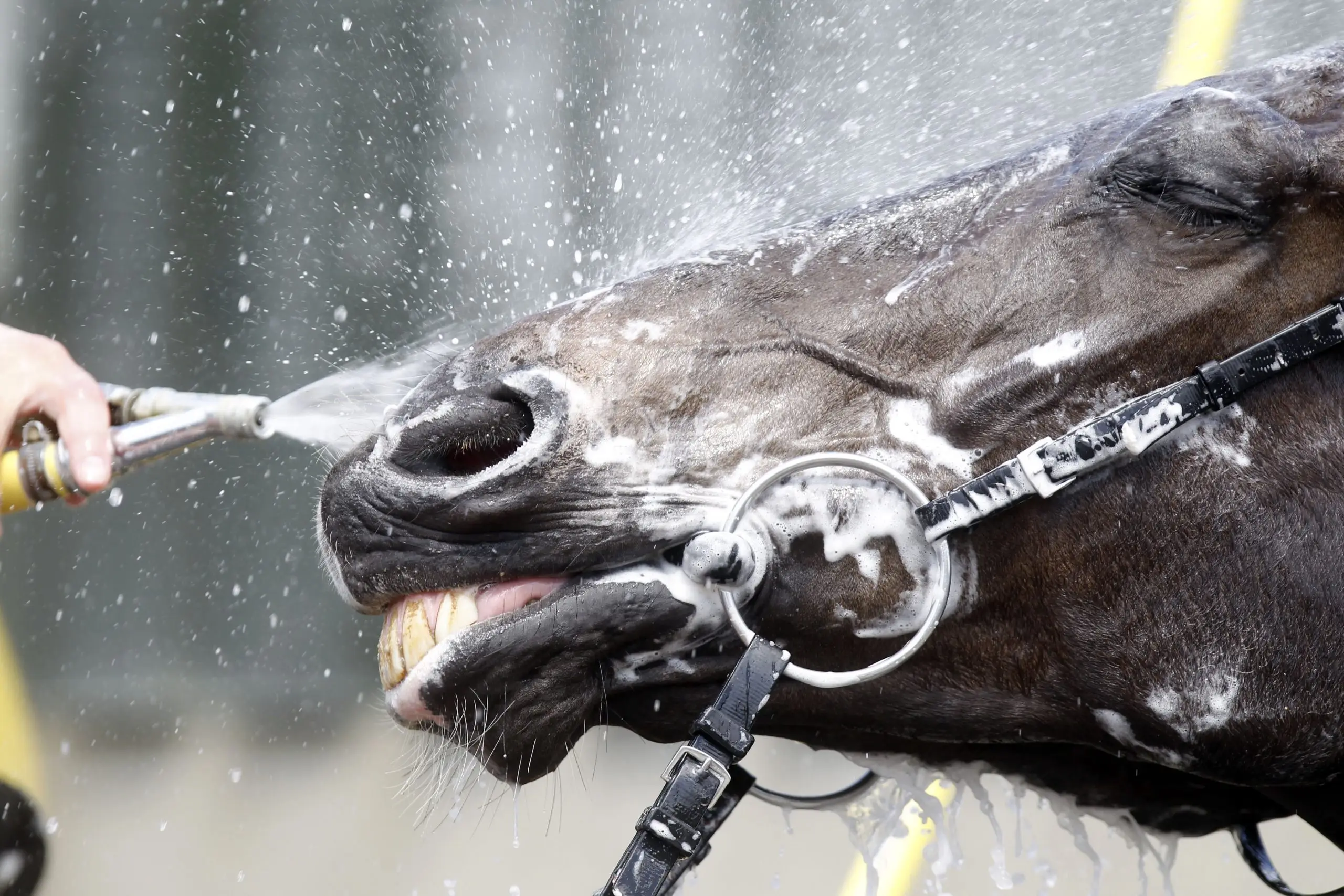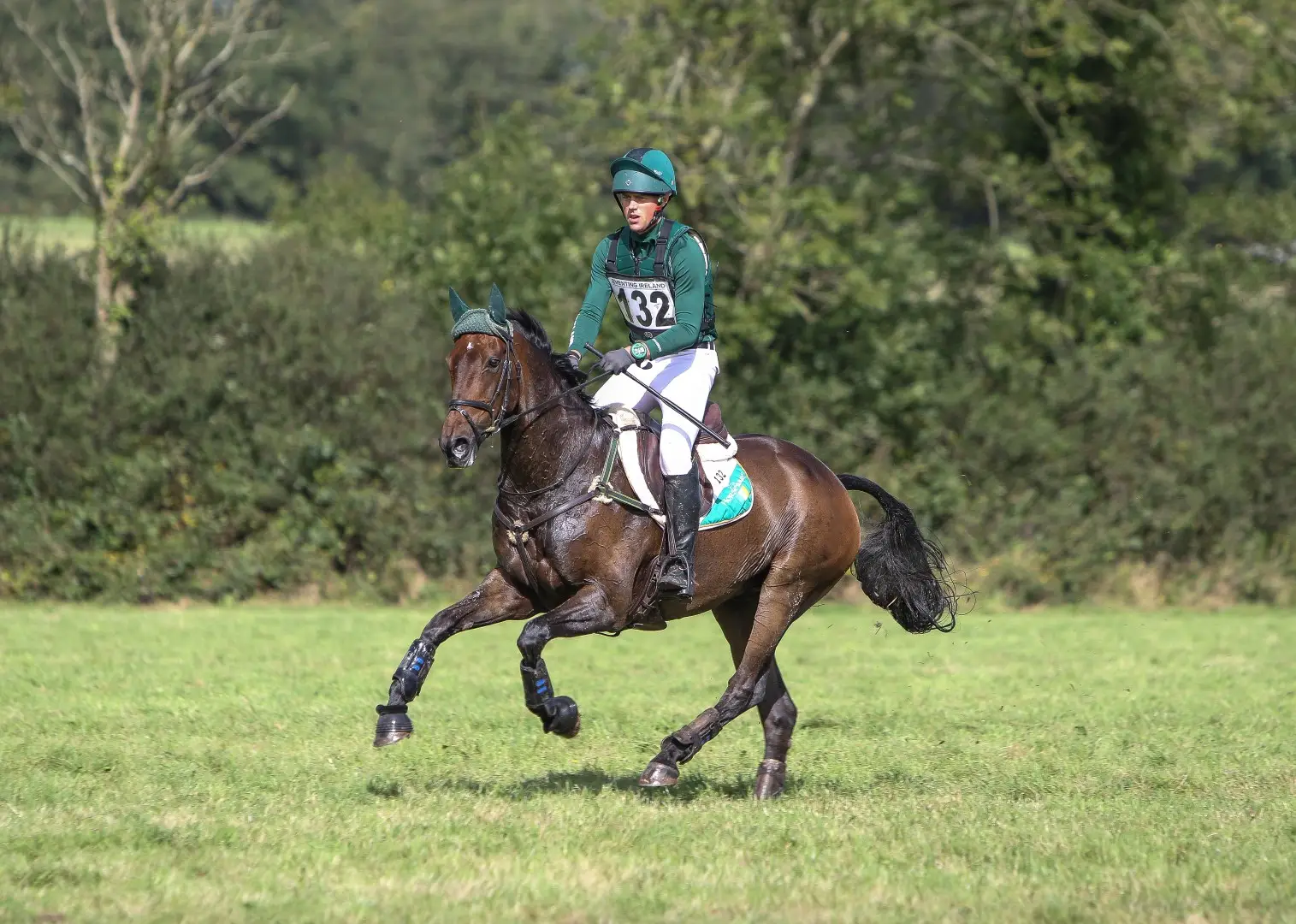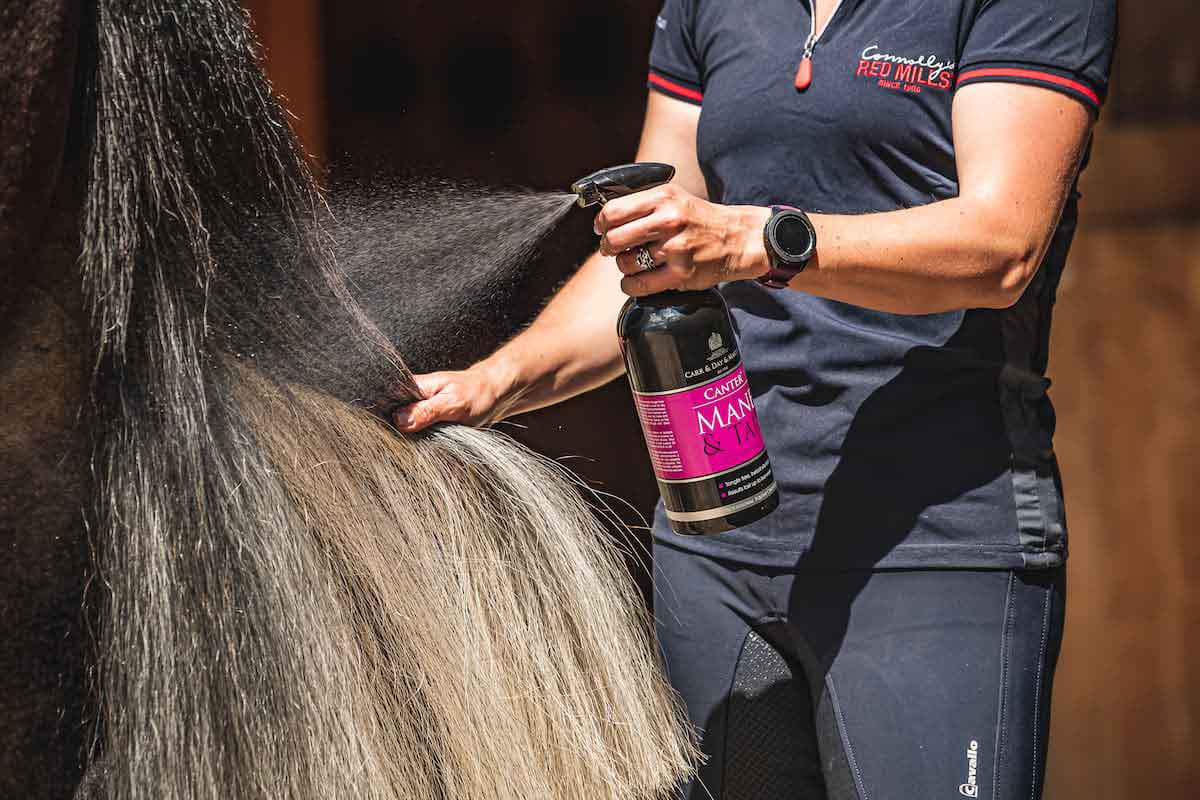Ever get lost in an enjoyable task where you didn’t realise that time has gone by? You were more than likely experiencing a state of ‘flow’. Aodhagán Conlon explains the concept and how it could relate to working with horses.
Following an exceptional sporting performance (think Federer at Wimbledon, Messi at Camp Nou), when asked what it felt like, many athletes describe the feeling of not thinking, being completely absorbed in the moment, simply being in the zone. In psychological terms, this is known as being in a state of ‘flow’.
This ability to be in the moment seems to be what separates the best sportspeople from the competition- a complete confidence that they will react as required during the match, race or round. In other words- ‘playing what’s in front of you’. It almost seems an insult to apply to rules or theory to a psychological state that appears more art than science, but by understanding some of the underlying mechanisms behind how flow is achieved, it may be possible to cultivate a state or environment where flow is more likely to occur, thus improving performance of horse and rider.
Much of the basis for flow as we understand it comes from a psychologist by the name of Mihaly Csikszentmihalyi. According to Csikszentmihalyi, flow happens when:
1) The challenge of a task matches the skill of the individual
2) There are clear goals (e.g., winning a race)
3) There is unambiguous feedback (e.g., you are getting clear feedback from your horse that they are responding positively)
4) There is full concentration on the task at hand
5) There is a certain loss of self-consciousness
6) There is a sense of control
6) There is a transformation of time (usually time slowing down)
7) The experience is personally rewarding
How does this apply?
This all sounds great in theory, but what does this actually look like when applied to horse-riding? Fortunately, two very informative papers have been written regarding Irish flat and jump jockeys, all of whom had ridden at Group/Graded level, and their experiences with flow (Jackman et al., 2019; Jackman et al., 2015). The following bids to distil some of the more equine-specific detail of the papers to add context to the concept of flow while horse-riding. They may not be ground-breaking new ideas but paying a little bit more attention to the smaller details could enhance both the rider and horse’s experience of a training session and could improve performance.
Clearly, the key difference between horse-riding and other sports is the non-human partner, and both an optimal relationship between horse and rider as well as the horse’s demeanour were described as vital factors in facilitating a flow experience in jockeys.
Relationship
In terms of an optimal relationship, what was referred to by most jockeys was the capacity of both horse and rider to influence the nature of the partnership. This was noted as once getting the leg up in the parade ring, the jockey took on a ‘mindful acceptance’, of the partnership with the horse, an acknowledgement of how they could work together as partners, rather than the jockey trying to exert complete control.
Once on board, jockeys gave reference to the concepts of the horse galloping proficiently, expressed very nicely by one jockey as ‘relaxed but responsive’. This was described as a horse that was just on the bridle and responded favourably to questions asked of them by the jockey. Rhythm was also described as a key factor, notably while jumping obstacles, but also with finding a rhythm in terms of pacing on the flat. Regarding the horse’s demeanour, understandably, signs of over-arousal while in the parade ring (e.g., excessive sweating), and a poor start generally predicted poor performance, while the opposite was true in terms of a good performance.
In addition to an optimal relationship between horse and rider, a vital part of the performance relationship was the trainer. An optimal interaction with the trainer was reported by all jockeys as a key factor for facilitating a flow experience. This relationship was built on the basis of the trainer demonstrating trust in the jockey’s ability which would lead to autonomous or independent thinking during a race. This would support that limiting the amount of instructions prior to a race may be more beneficial for a jockey’s performance.
What can we take from this as a rider approaching a training session? Well as always, it comes down to do the basics right such as:
- Outlining clear goals for the training session (this may mean ending the session earlier on a good note if goals have been achieved).
- Ensuring that the task difficulty matches the ability (potential or demonstrated) of the horse/rider/partnership.
- Aiming for your horse being relaxed but responsive.
- Consistently checking how the horse is responding, do they understand what they are being asked to do?
- Finding a rhythm.
What can we take from this as coaches/trainers? We all know that the people on the ground can make a massive difference and so to increase the likelihood of optimal performance from a rider:
- Instructions to be clear and should aim at empowering a rider with the ability to make smaller ‘in the moment’ decisions.
- Feedback to be concise and consistent and relating to the agreed goals of the session.
Clearly, much of this is dependent of the level of experience of rider, horse, or in some cases, both. It is a different perspective to take, but things do seem to work better the more you (and your horse) enjoy an activity. Creating training environments using some of the concepts mentioned above, could allow for some enjoyable experiences for those both on and off the horse, and ultimately a successful training session, while being unable to compete.
See below for the articles mentioned in this piece
Jackman, P.C., Fitzpatrick, G., Lane, A. & Swann, C. (2019) Exploring bodily sensations experienced during flow states in professional national hunt jockeys: a connecting analysis. Qualitative Research in Sport, Exercise and Health, 11(1), pp.92-105.
Jackman, P., Van Hout, M.C., Lane, A. & Fitzpatrick, G. (2015) Experiences of flow in jockeys during flat-race conditions. International journal of sport and exercise psychology, 13(3), pp.205-223.
Aodhagán is former professional jockey who is currently training to become a chartered sports psychologist, was well as studying for a PhD at the University of Bath.
Follow him on Twitter @aodhaganconlon or Instagram @thebreathpsych.






